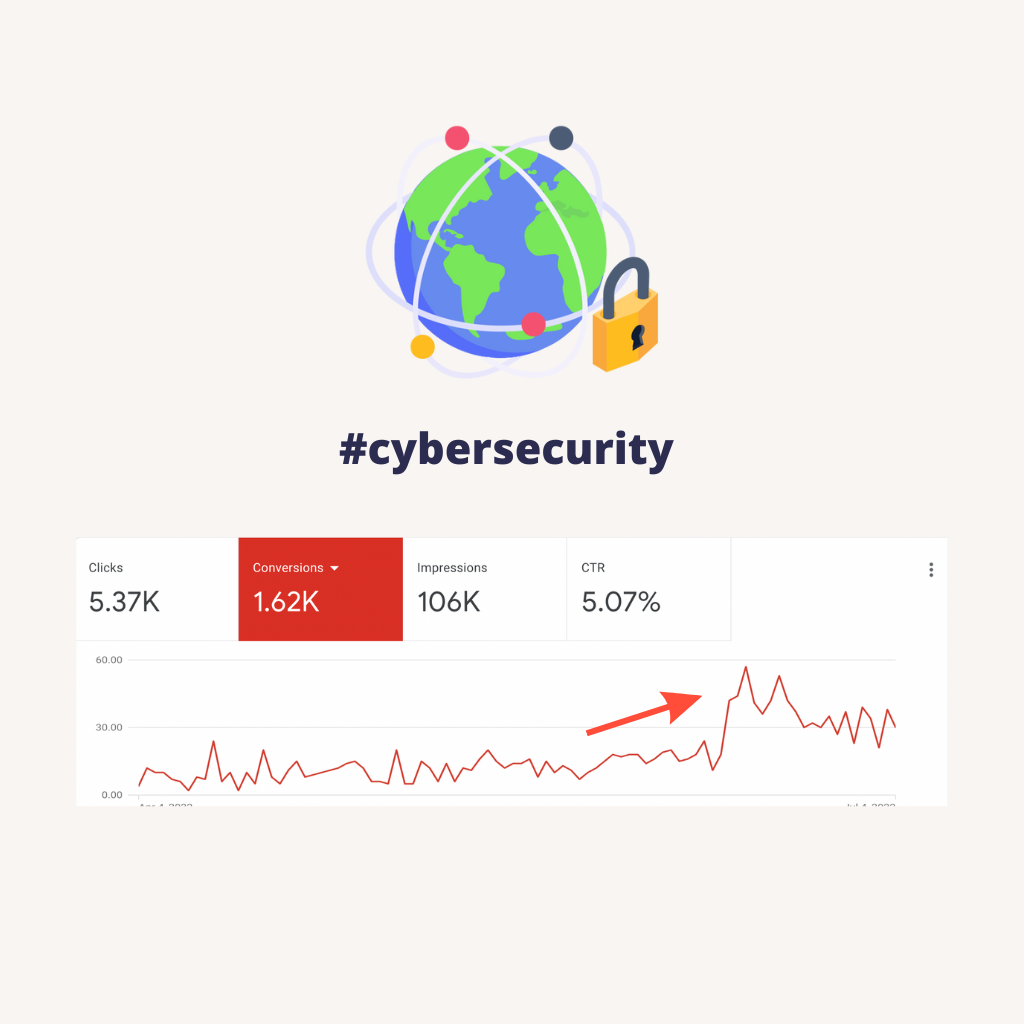The Client
Beakon’s industry-leading software has been helping businesses manage and improve safety and compliance for over 10 years. They provide risk and safety solutions to large companies like Coca Cola, the Australian Grand Prix, and Brisbane Airport.
The Challenge
For a couple of years, Beakon had been running pay-per-click (PPC) campaigns, but while conversions were being made and leads were being generated at a decent clip, most leads were of low-quality and did not turn into marketing possibilities, let alone clients. They had run in-house campaigns, as well as working with a few major marketing agencies, but still had a negative return-on-investment (ROI).
Services Provided
- Google Paid Search and Display Re-targeting Campaign Management.
- Landing Page Creation and Conversion Optimization.
- LinkedIn ads Campaign Management.
- Facebook ads Campaign Management.
The Solution
Step 1: Restructuring Paid Search Campaigns
Our objective was to have a structure in place that would give us as much control over the campaign as possible. In particular, we needed to ensure that we had a precise message match between keywords and ad copy, as well as between ads and landing pages. These optimizations led to higher-quality scores and click-through rates, while keeping keyword cost-per-click (CPC) at a reasonable amount.

In order to run a highly-targeted campaign, we ensured that our keyword selection was spot-on. We began by picking the most relevant keywords from Beakon’s past campaigns. We poured through the search-term reports and extracted some relevant keywords, as well as many of the negative keywords. We also used some “spy” tools to look at the keywords their competitors were using and used some of those as well. Finally, using keyword tools, we identified new opportunities including niche keywords and long-tail keywords that were being ignored by competitors.
Step 2: Creating a New Campaign Structure
Next, we created a new campaign structure in which the keywords were placed in Single Keyword Ad Groups (SKAGs) – an approach where we use only one keyword per ad group (and thus one for each ad copy). While this is a time-consuming task, we knew from past experience that the effort would be worth it. This new structure combined with new ads and long-tail keywords dramatically improved the conversion rate of the overall account.

We removed all of the low-performing ad copy and came up with three new ads for each ad group in the campaign. We then added all types of ad extensions to the ads to make Beakon ads more visible in search results and increased the amount of space their ads would take up in the Google page results.
Step 3: Improving the Landing Page Experience
Next, we built brand-new landing pages tailored to the ad copy and keywords. We developed a dynamic landing page that could modify its content based on the target keyword. We also made the landing pages more user-friendly and easier to understand for leads.

Step 4: A/B Testing & Continuous Optimization
We started with two ads that generated roughly the same volume of traffic as each other. Using close monitoring and A/B testing, we optimized these ads before deciding on a winner. We then used that ad to create another version, tested it against the original, and continued this method to obtain the highest click-through rates (CTR).
We also developed several landing page variants, call-to-actions (CTAs), and headlines. Additionally, we used Heatmaps and recorded sessions in order to continually improve and test each landing page variant.

Step 5: Improving Other Channels
In order to scale up the campaigns, we worked on several other channels other than Google, including:
We set up campaigns using content resources that we created for other campaigns. We tested different types of content until finding the best performing case study.

Display Advertising
We set up custom audiences and re-targeting audiences with differing time frames (30, 60, and 90 days) for Google campaigns.
We had to set up highly-targeted audiences in order to be successful. We narrowed in on three types of audiences – re-targeting, lead conversion, and lookalike. We went very granular in our strategy and created different banners for all the segmented audiences.
Results
There was a dramatic improvement in every facet of Beakon business, including:
- Cost-per-acquisition (CPA) lowered by 21.57%, despite a 15% increase in the cost-per-click, due to increased competition.
- Conversion rate improvement of 82.4%.
- Search ad click-through rate improvement of 69.95%.
- LinkedIn, Facebook, and Remarketing campaigns added around 50% more leads at a 25% lower overall cost-per-acquisition.
If you’d like to learn more about how our SaaS PPC agency we help B2B SaaS and Tech companies grow their MRR through LinkedIn advertising, contact us online or send us an email today at info@getuplead.com to speak with someone on our team.



